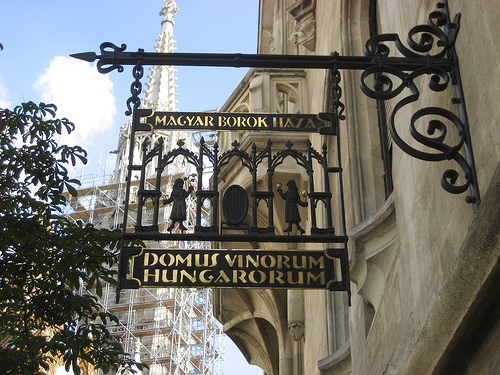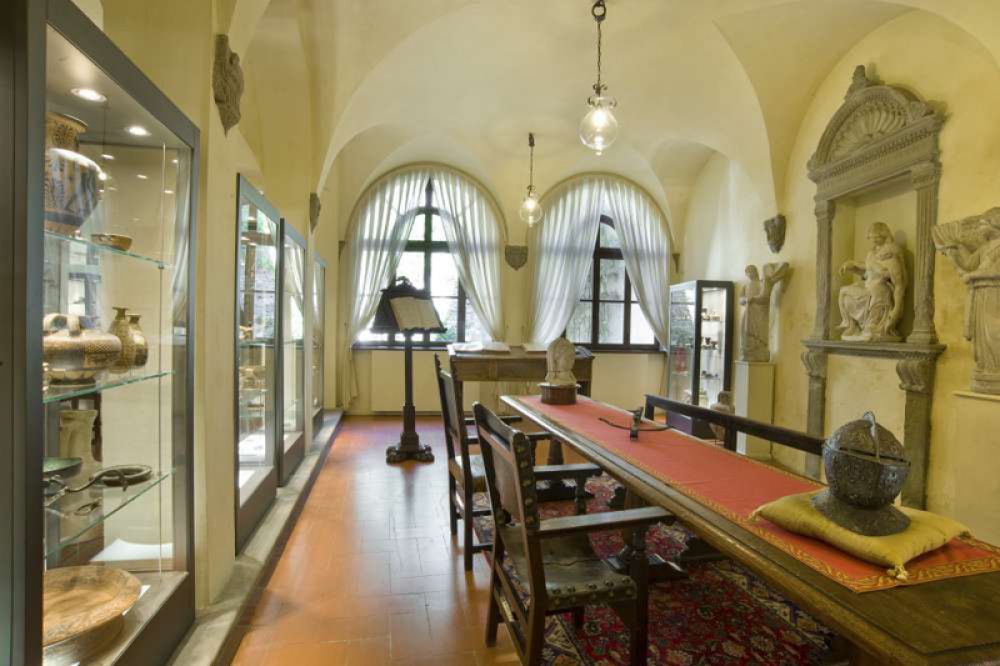The Military History Museum in Dresden is perhaps the place in Germany where the desire to distance oneself from the tragic events of 20th century history is most evident. It is immediately perceived from the outside. The sharp metal wedge that splits the museum’s historic arsenal in two, designed and completed in 2011 by the American architect Daniel Libeskind, symbolizes a clear and deep cut in the history of German military tradition. The upward pointing tip is a violent reminder of the bombing of Dresden in February 1945 during World War II. The bombs from above left wide rifts in the life of the city and became forever ingrained in the memory of humanity.
Even inside, the exhibition differs from traditional military museums. The exhibition in the older building follows a chronological order and is divided into sections, while the new part, designed by Libeskind, presents 12 thematic routes that show war as a historical, cultural and anthropological phenomenon and invite visitors to reflect on its causes and effects. Every time violence is exercised, there is someone who suffers: this should not leave us indifferent. In all, around 10,000 exhibits are displayed on an exhibition area of 13,000 square metres.













